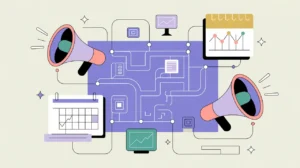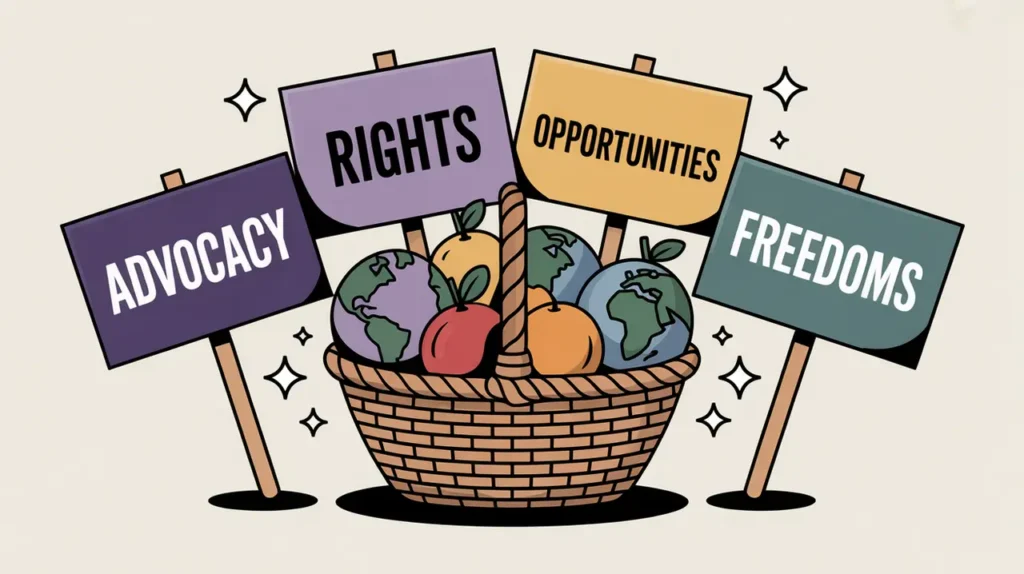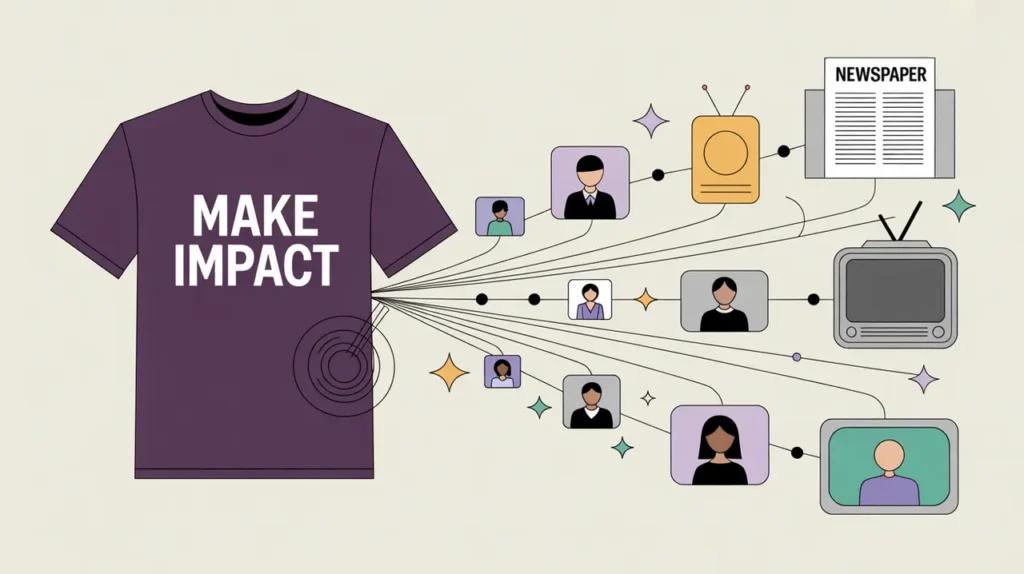What Does Digital Marketing & Social Media Involve?
Digital marketing and social media enable nonprofits to reach, engage, and mobilize audiences in the digital sphere. This competency focuses on creating and sharing content across online platforms to raise awareness, build communities of support, and drive participation in programs or campaigns. It connects storytelling with strategy, ensuring that the organization’s digital presence is not only visible but impactful.
In practice, digital marketing involves planning campaigns, segmenting audiences, and tailoring content to different channels such as websites, newsletters, and search engines. Social media focuses on creating timely, authentic, and interactive content across platforms like X, Instagram, LinkedIn, or TikTok. Together, these tools help nonprofits grow visibility, sustain relationships, and inspire action from donors, volunteers, and advocates.
Without a strong digital presence, nonprofits risk being invisible to the very communities and supporters they aim to reach. When managed well, digital marketing and social media transform casual awareness into active engagement and long-term loyalty.
What Competencies are Associated with this Role?
Digital marketing and social media require creativity, analytics, and adaptability. Competencies include:
- Designing and scheduling content calendars
- Segmenting digital audiences and tailoring messages
- Creating multimedia content (images, video, blogs, podcasts)
- Managing social media accounts and community interactions
- Running paid digital campaigns and monitoring performance
- Using analytics tools to measure reach, engagement, and conversion
- Aligning digital campaigns with organizational goals
- Responding to trends and real-time opportunities
- Ensuring accessibility across platforms and devices
- Managing brand tone and voice online
How Might AI and Automation Help this Role?
AI and automation can expand reach and optimize efficiency. Opportunities include:
- Generative AI to create draft copy, visuals, or video scripts
- Automated scheduling across multiple platforms
- AI-driven audience segmentation and targeting
- Sentiment analysis of community responses
- Predictive analytics for campaign timing and performance
- Automated reporting of digital metrics
- AI chatbots for online community engagement
- Generative AI for adaptive, personalized digital content
What are the Roles by Experience Level?
Roles progress from content support to leadership of digital strategy:
- Entry: Digital Assistant, Social Media Associate – schedule posts, draft content, monitor community activity
- Mid: Digital Marketing Officer, Social Media Specialist – design campaigns, manage accounts, analyze performance
- Senior: Digital Marketing Manager, Social Media Lead – oversee strategy, coordinate paid and organic campaigns, align with brand goals
- Executive: Director of Digital Engagement, Chief Communications Officer – set digital vision, integrate campaigns across departments, manage external partnerships
How Transferable are the Skills from this Role?
Digital marketing and social media skills are highly transferable across nonprofit, corporate, and public sectors. Within nonprofits, they support career growth in communications, fundraising, and advocacy. Outside the sector, they align with roles in marketing, advertising, digital media, and influencer engagement. The ability to build and activate communities online is valuable in any field where visibility and participation matter.







